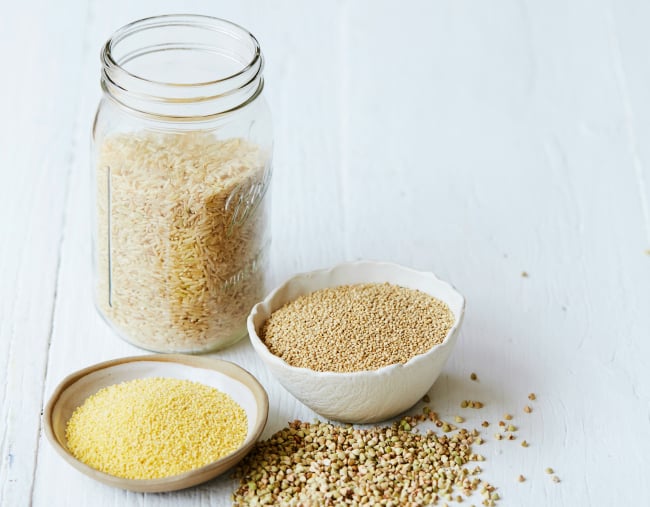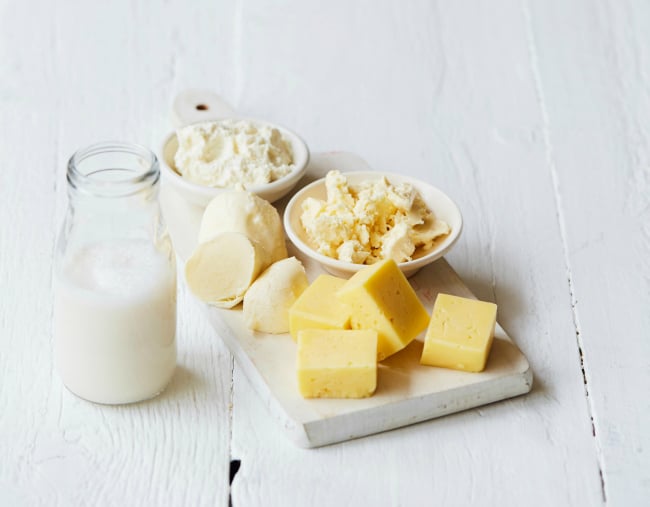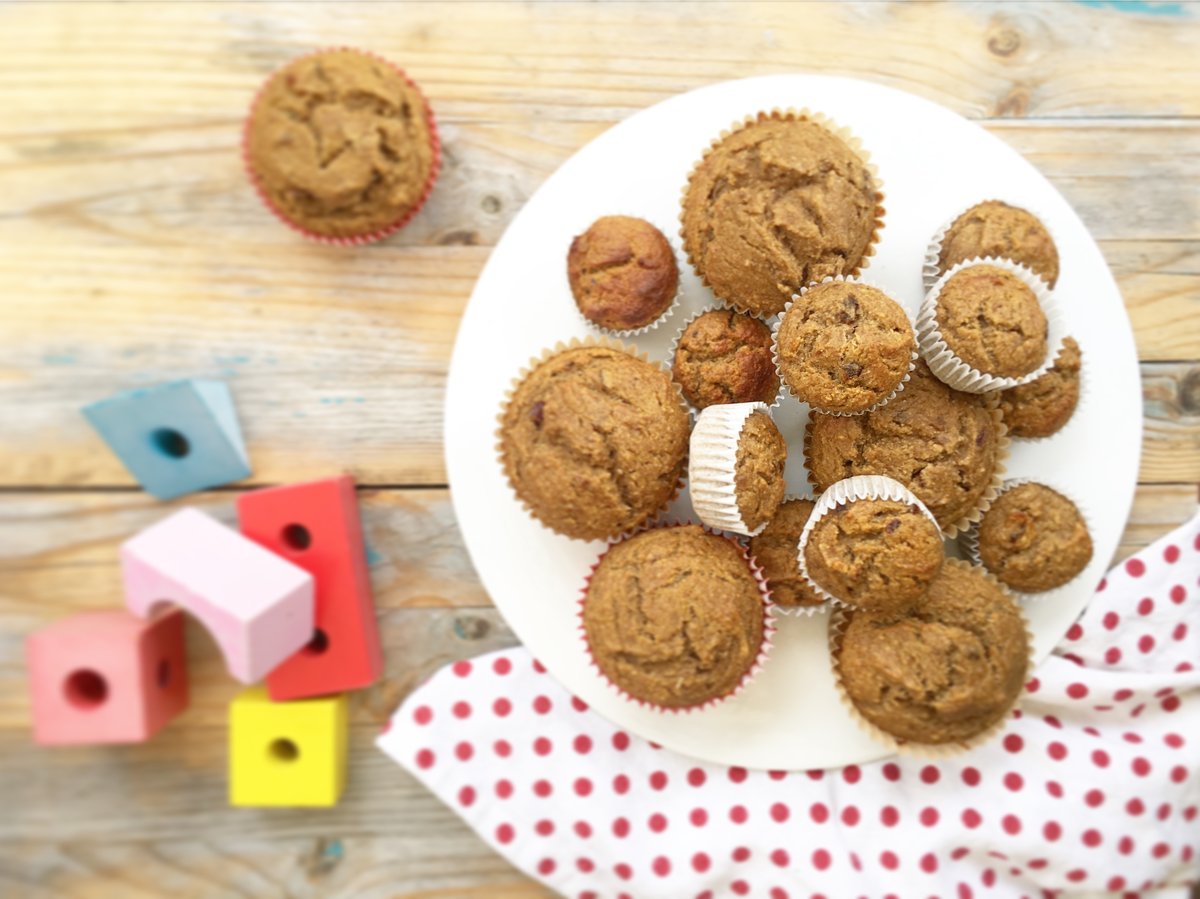Food allergies and sensitivities amongst children are on the rise, making it an increasing source of stress and concern for parents and caregivers.
Although there is now better understanding on what causes allergic reactions, it still remains an emotional and ongoing daily challenge for families who are all too familiar with the unpleasant symptoms and suffering, when their children have adverse reactions to certain foods.
The most common foods associated with allergies and sensitivities include wheat (gluten), dairy, nuts and eggs; and since these ingredients are common in everyday recipes and groceries, it makes mindful eating difficult for children with allergies or intolerances and a minefield for adults to navigate.
A further consequence for children who experience illness and discomfort after eating certain foods, is to become more fussy and reluctant to try new foods.
It’s for this reason, that extensive information around food allergies, intolerances and sensitivities are covered in the Wholesome Child Book, as well as strategies to address repetitive and fussy eating.
All of the recipes contained in my book are clearly denoted as gluten-free, wheat-free, dairy-free, egg-free and/or nut-free – and suggestions are offered for allergy-friendly substitutions too, where applicable.
With a few simple ingredient swaps and recipe substitutions, your child (and family) can still enjoy a nutritious and varied range of healthy food, despite the challenges caused by intolerances or allergies.






